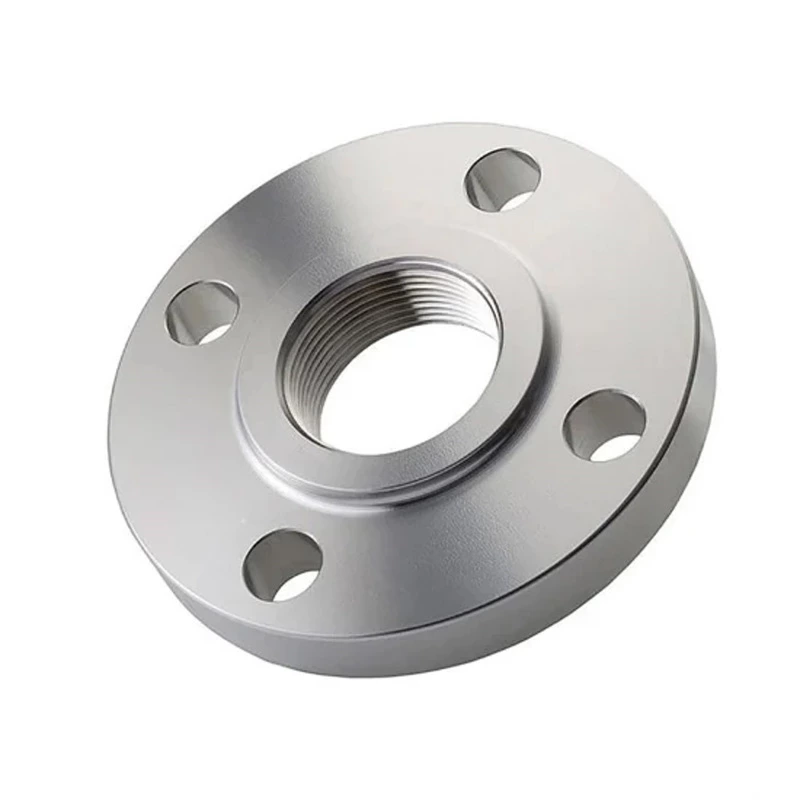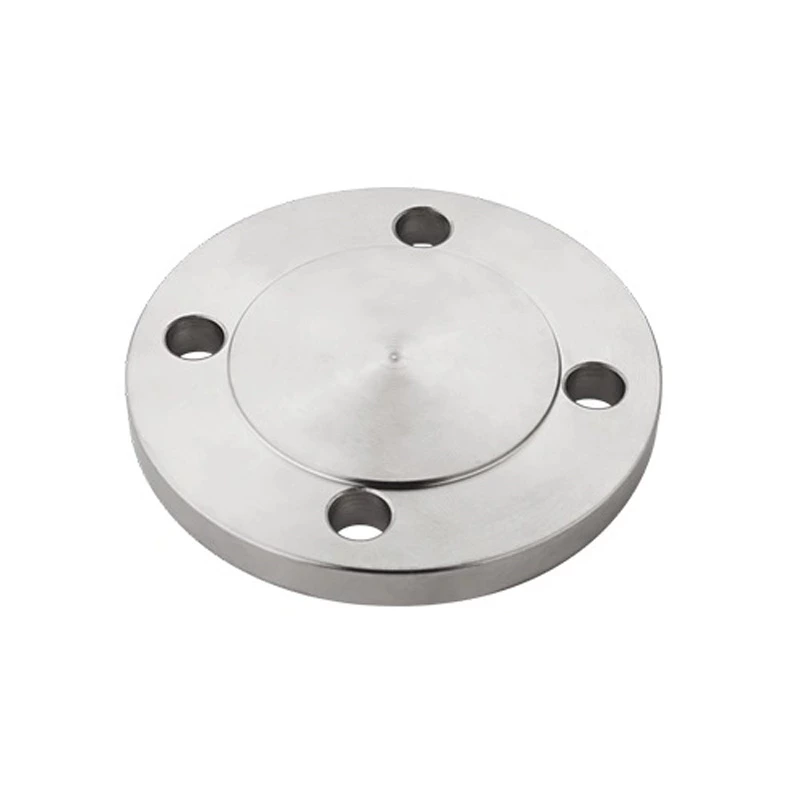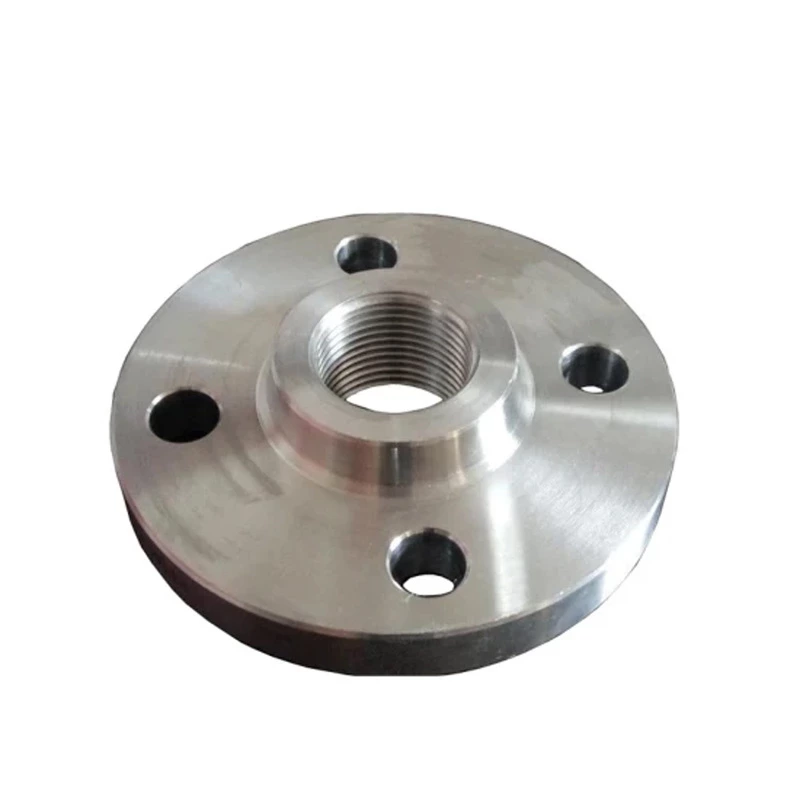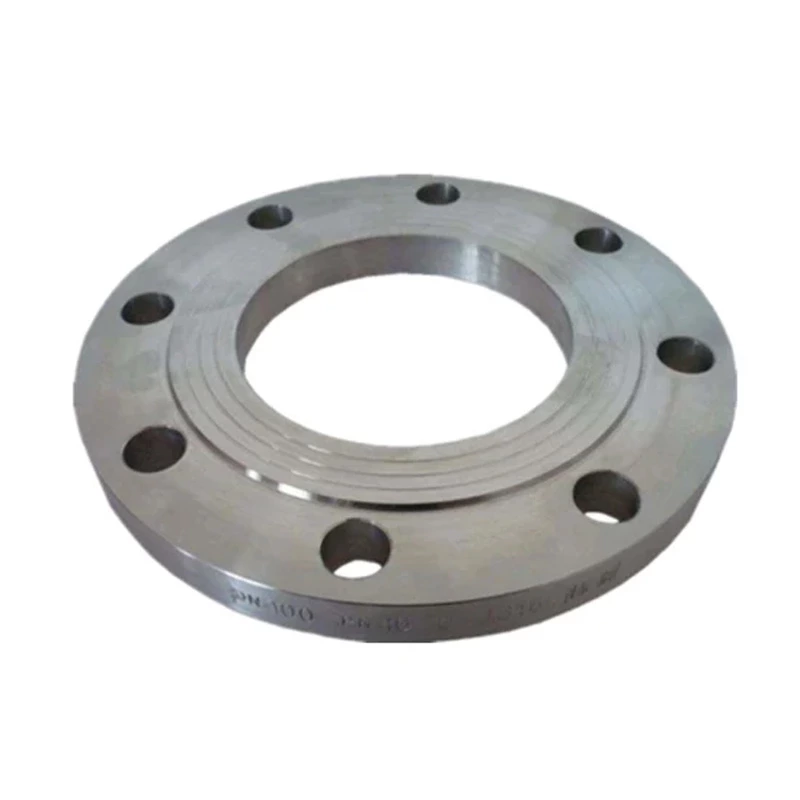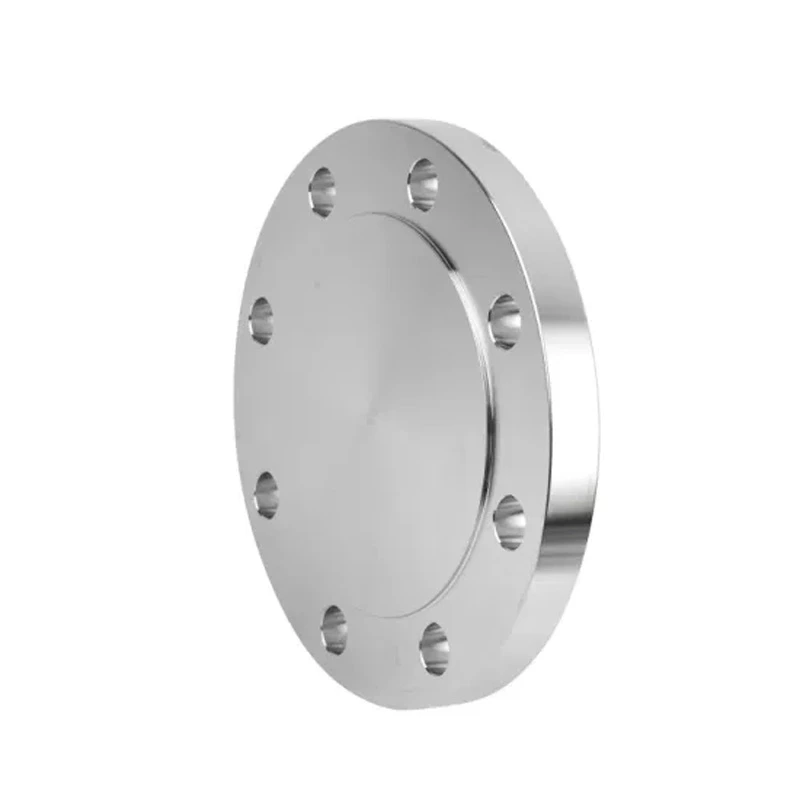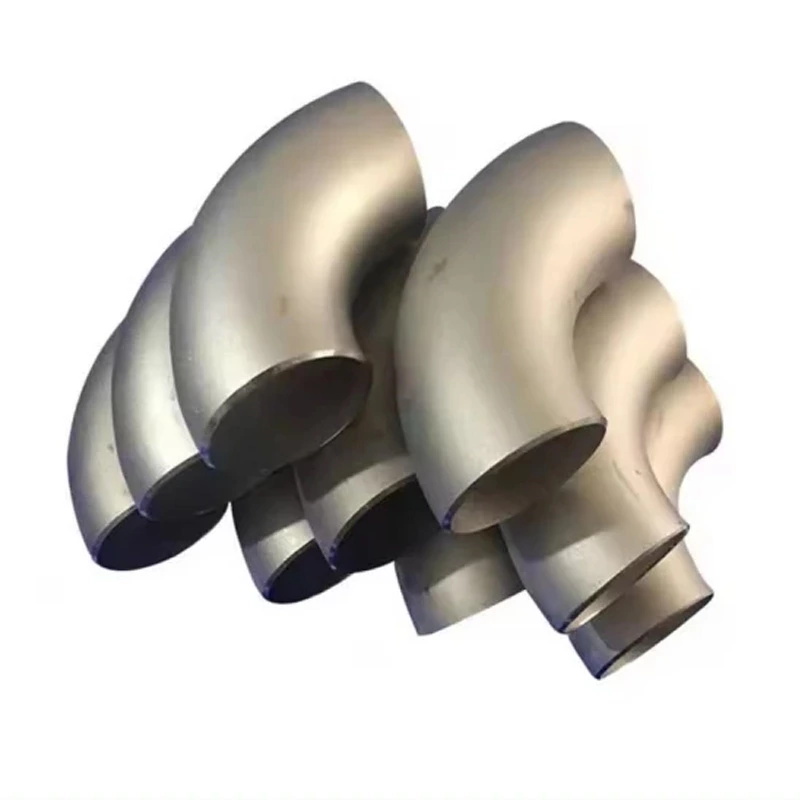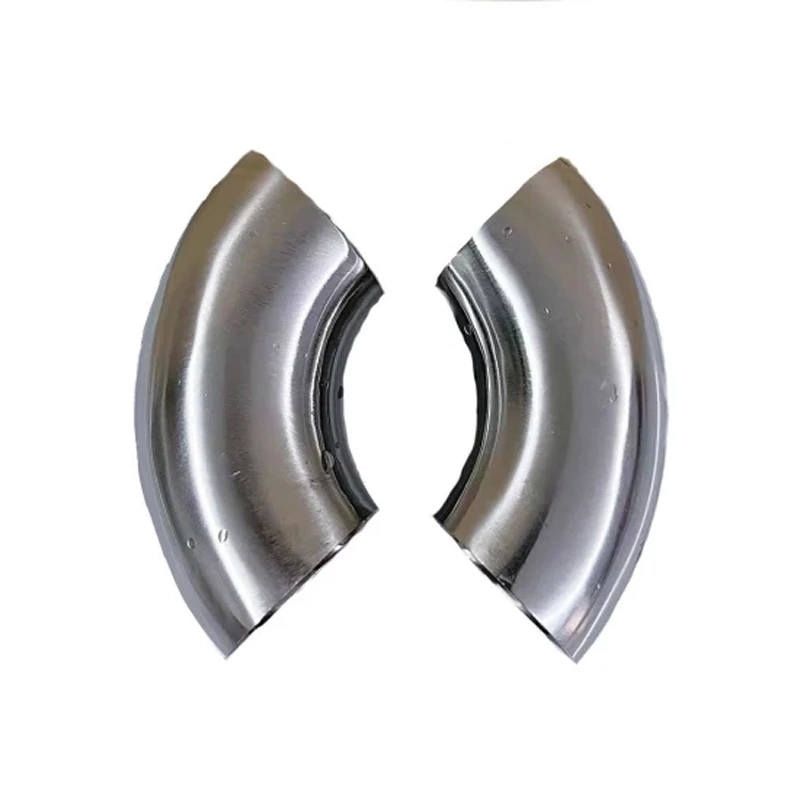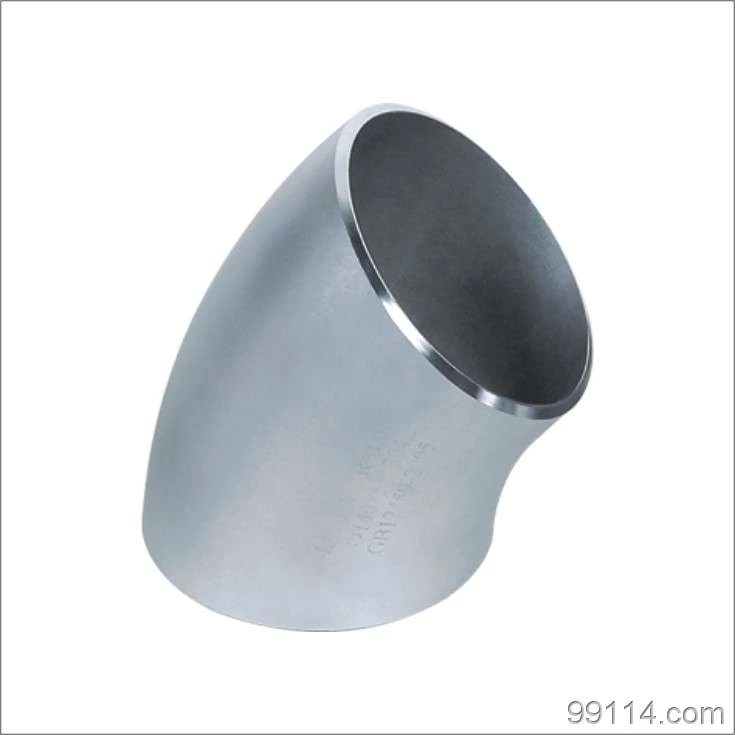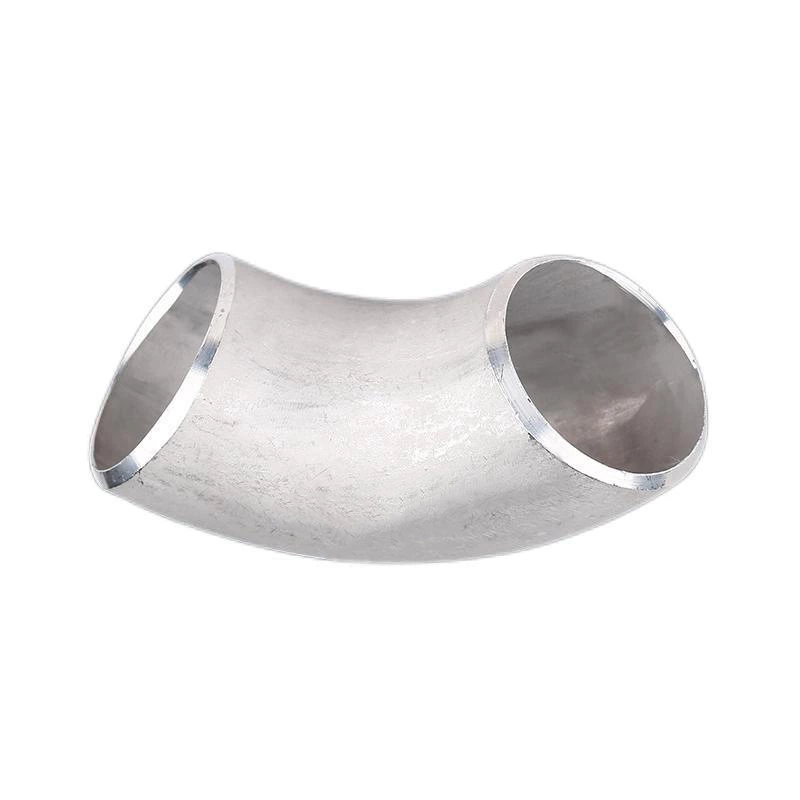How Are The Pressure Levels Of Common Flanges Divided?
Stainless Steel Flange Since it is used in different places, the pressure level is different to a certain extent. For example, large stainless steel flanges are mainly used in high-temperature resistant pipelines in chemical engineering, so there are high requirements for its material pressure bearing performance. Therefore, customers often require forged flanges, because the material has increased its tissue density after forging, and also enhanced its pressure bearing capacity.
There are clear grade requirements for the pressure resistance of large stainless steel flanges in domestic and international standards. Large stainless steel flanges are generally divided into: PN25, PN6, PN10, PN16, PN25, PN40, etc. Among them, PN10 and PN16 are the most commonly used.
The following example illustrates: The design pressure of the flange of the internal pressure vessel with a safety valve should be determined according to the opening pressure of the safety valve. The design pressure is equal to or slightly greater than the opening pressure of the safety valve, and the opening pressure of the safety valve is 1.05~1.1 times the working pressure.
If the working pressure is known to be 0.8MPa, then the opening pressure of the safety valve can be 0.88MPa, so the design pressure can be 0.9MPa. In this way, it is more reasonable to choose the container pipe flange 1C4 material with a maximum allowable working pressure of 0.9MPa (1.0MPa grade flange) at 50 degrees Celsius.
